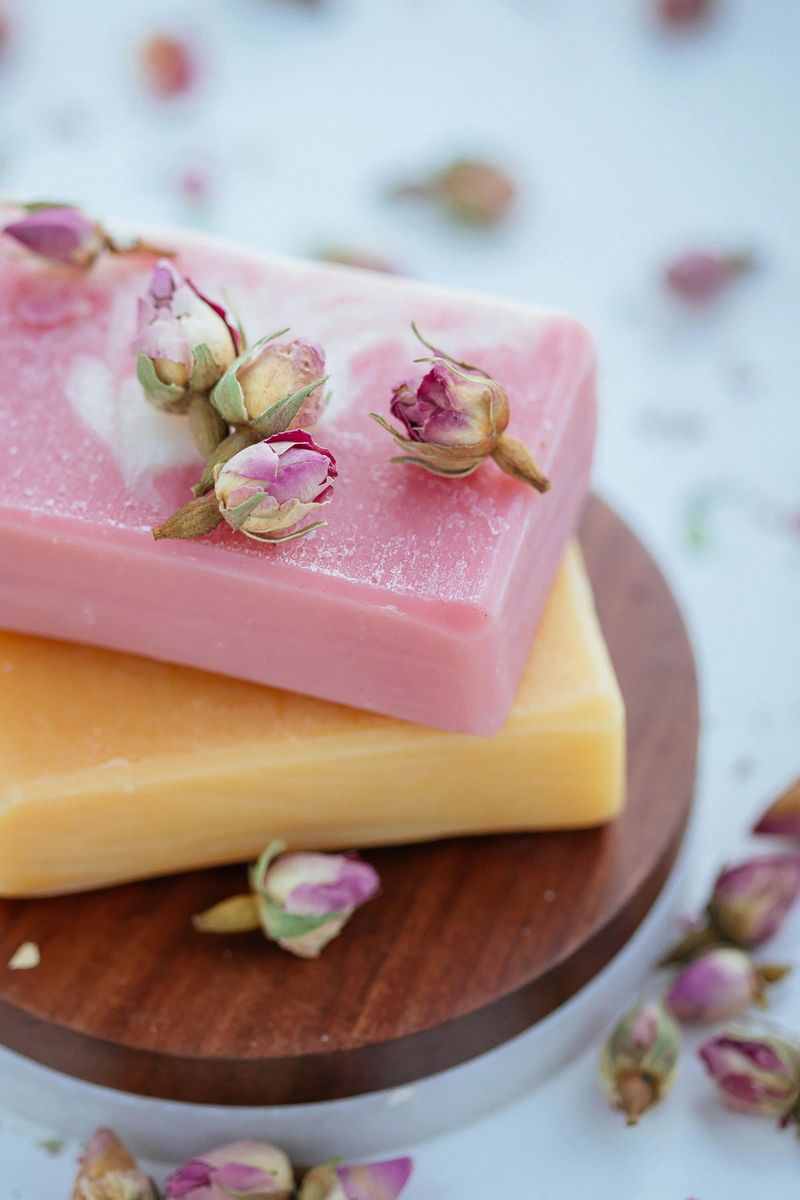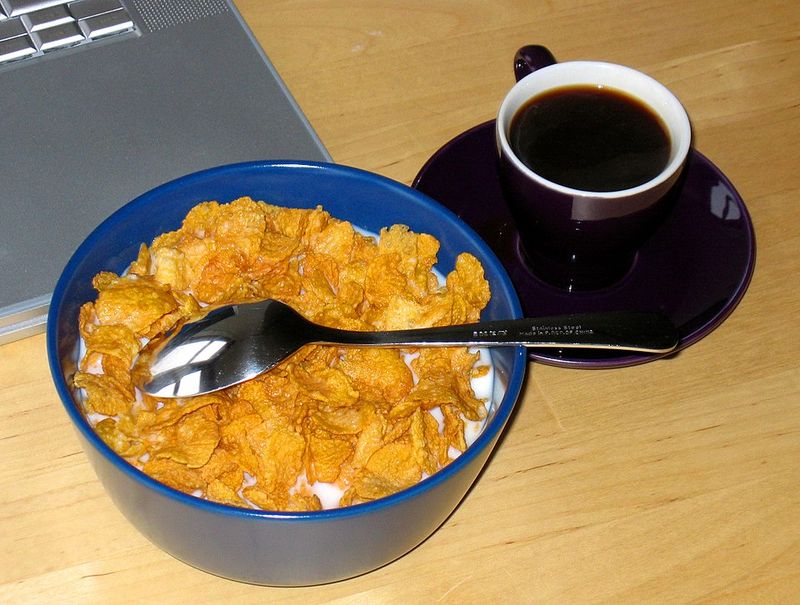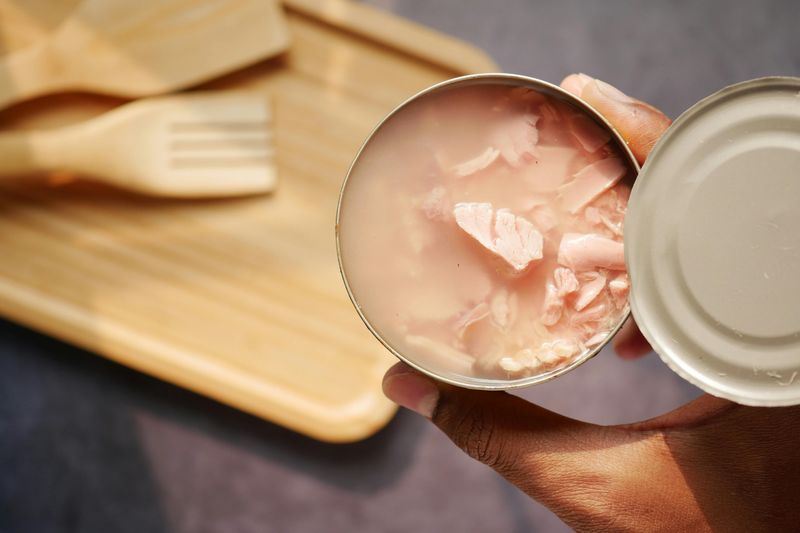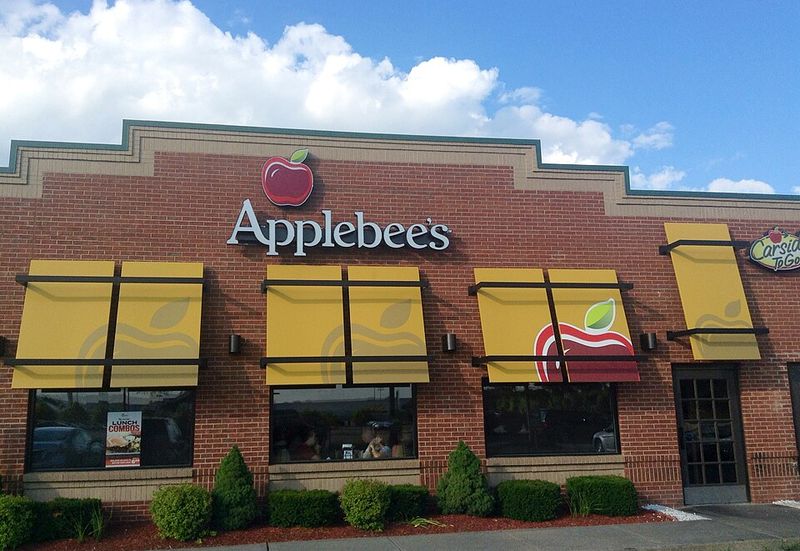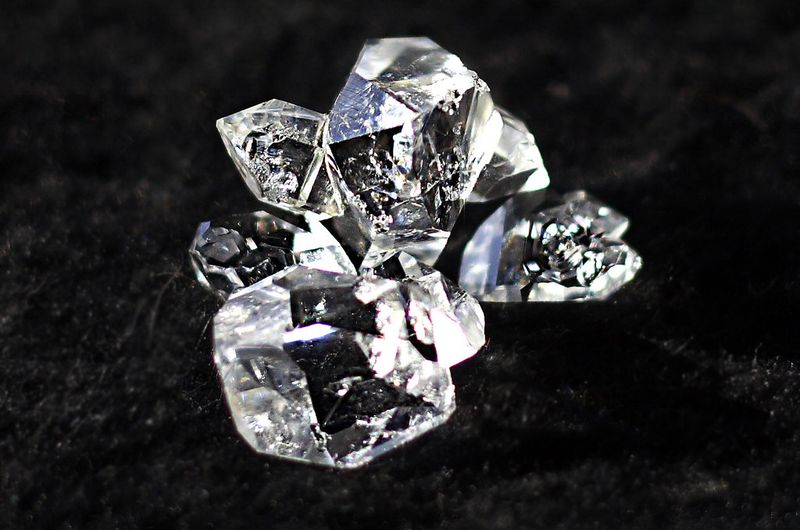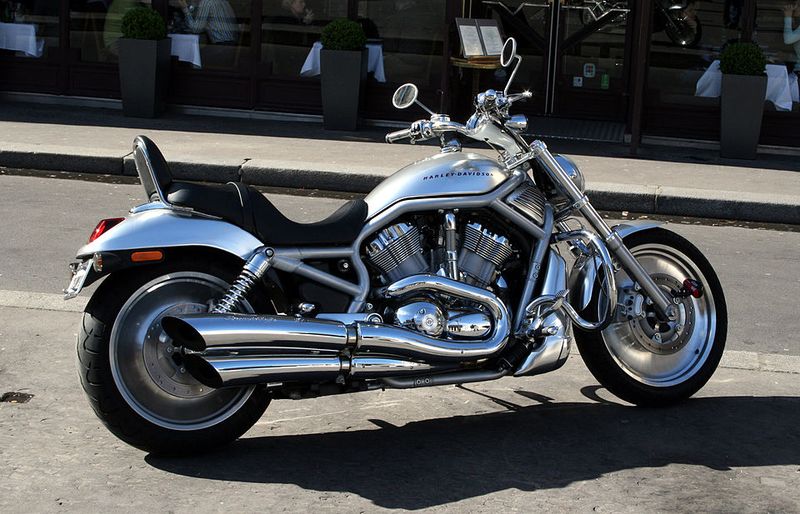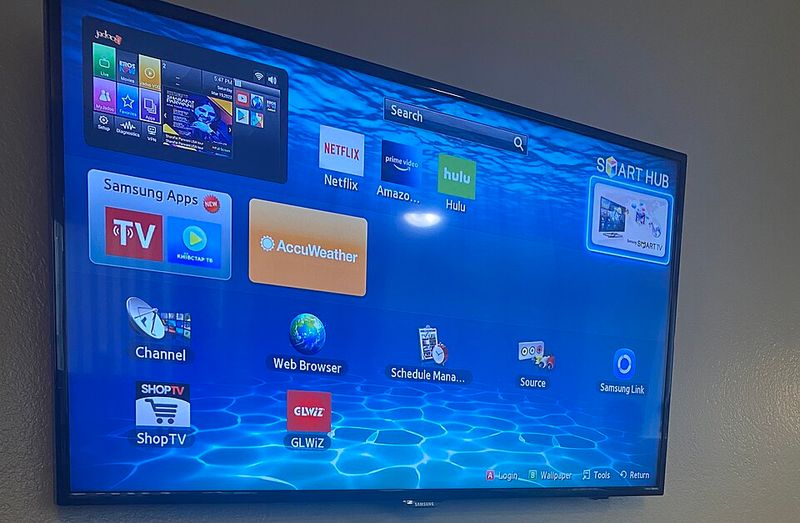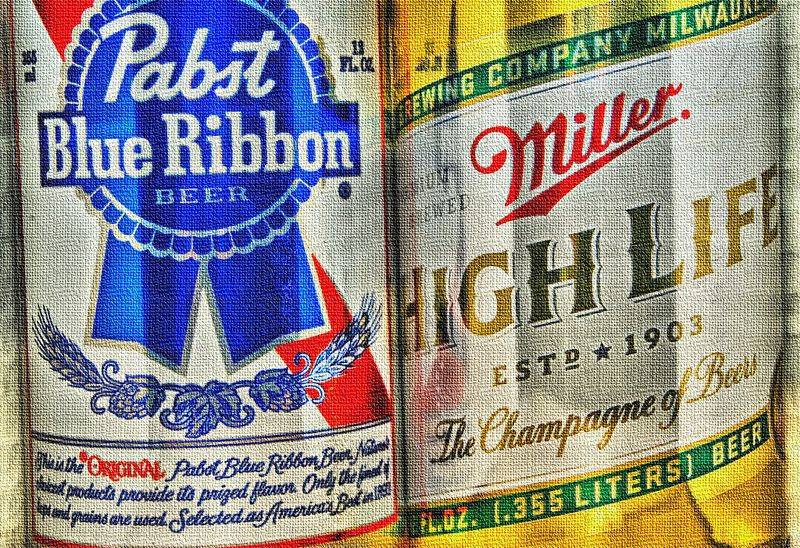Every generation leaves its mark on the world, and millennials are no exception. Baby boomers often claim that younger folks have abandoned or destroyed things they once held dear. From breakfast staples to backyard traditions, the list of so-called casualties is long and colorful.
1. Paper napkins
Boomers love to complain that nobody buys napkins anymore, insisting proper table manners have vanished. Consumer surveys tell a different story, though. Millennials simply swapped paper napkins for paper towels, which work for cleaning spills and wiping hands equally well.
This shift shows up clearly in retail data over the past decade. The etiquette didn’t disappear; the product just changed. Paper towels offer more bang for your buck and handle multiple tasks around the house.
So while napkin sales dropped, the real culprit is practicality, not laziness. Younger shoppers want items that multitask and save money. That’s smart budgeting, not a war on tradition.
2. Bar soap
Older folks shake their heads when they see millennials reach for liquid body wash instead of a classic bar. Market research confirms younger consumers strongly prefer pump bottles and squeeze tubes. Bar soap sales dipped even as overall soap sales climbed higher.
Hygiene studies found little risk from bacteria on shared bars, so health isn’t the issue. Liquid soap feels more modern and convenient, especially in shared bathrooms. Plus, it’s easier to control how much you use.
This preference reflects changing lifestyles rather than poor hygiene habits. Millennials grew up with options their parents never had. Choosing liquid over solid doesn’t mean they’re dirtier or less responsible about cleanliness.
3. Fabric softener
Boomers accused millennials of killing Downy and other softener brands they’ve trusted for decades. Fabric softener sales declined for years before Procter & Gamble publicly acknowledged the problem. Many millennials simply don’t know what softener does or why they should care about it.
The company responded by creating new formats and better marketing campaigns. Younger shoppers prioritize detergent and stain removers over the extra step of softening. Their clothes come out clean enough without the added expense.
This isn’t laziness—it’s streamlining. When you’re juggling student loans and rent, cutting non-essential products makes sense. Boomers saw softener as mandatory; millennials see it as optional luxury.
4. Breakfast cereal
The gripe that millennials are too lazy to pour milk became a popular meme, but reality is more complicated. U.S. cereal consumption has been dropping for years as eating habits shifted toward grab-and-go options. Busy mornings don’t leave time for sit-down bowls and cleanup.
This represents a multi-year category decline, not just generational laziness. Protein bars, yogurt cups, and smoothies fit modern schedules better. Cereal companies struggled to adapt to changing lifestyles and commute patterns.
Younger workers often eat breakfast at their desks or skip it entirely. That’s a structural shift in how we live and work. Blaming millennials for industry-wide changes misses the bigger picture about American life.
5. American cheese
Calling processed American cheese a national treasure might be a stretch, but boomers feel betrayed by its decline. Younger consumers moved toward less-processed options and bolder flavors like aged cheddar or imported varieties. Even major fast-food chains reformulated sandwiches to drop the classic singles.
Taste preferences evolved as food culture became more adventurous and health-conscious. Millennials grew up with cooking shows and food blogs that celebrated real cheese. Processed slices started feeling artificial and outdated by comparison.
This shift reflects broader changes in how Americans think about ingredients. Reading labels and choosing whole foods became trendy. American cheese didn’t vanish, but it lost its crown to more interesting options.
6. Canned tuna
Boomers joke that millennials can’t even operate a can opener, but tuna companies know the real story. Younger shoppers buy less canned tuna than older adults, prompting brands to innovate with pouches and ready-to-eat meal kits. Sustainability concerns about fishing practices also influenced purchasing decisions.
Can openers aren’t the problem; convenience and ethics are. Pouches require no tools and create less mess in packed lunches. Companies responded with new packaging and messaging about responsible sourcing.
This adaptation shows how industries evolve when demographics shift. Millennials didn’t kill canned tuna; they just demanded better options. Smart brands listened and changed their approach to win younger customers back.
7. Casual-dining chains (Applebee’s, Buffalo Wild Wings, etc.)
Chains like Applebee’s and Buffalo Wild Wings struggled hard to attract younger diners between 2016 and 2018. Executives openly acknowledged the pressure as foot traffic dropped and sales slumped. Millennials gravitated toward fast-casual spots with fresher ingredients or stayed home with delivery apps.
Analysts blamed broader shifts in dining expectations around value, quality, and technology integration. Endless appetizers couldn’t compete with Instagram-worthy tacos or convenient DoorDash orders. The casual-dining model felt stuck in the past.
These restaurants didn’t disappear, but they lost their cultural relevance with younger crowds. Boomers remember them as family favorites; millennials see tired menus and uninspired atmospheres. That generational divide hit profits hard.
8. Traditional diamond expectations
Boomers worry that millennials don’t appreciate real diamonds, but De Beers’ own data complicates that narrative. In 2015, millennials spent over twenty-five billion dollars on diamond jewelry across four major markets—more than any other age group. They clearly value sparkle and symbolism.
What changed was the embrace of lab-grown diamonds and alternative gemstones alongside natural stones. This represents a mix shift rather than complete abandonment. Younger buyers care about ethics, sustainability, and getting more size for their budget.
The diamond industry adapted by offering new options and transparent sourcing information. Millennials didn’t stop loving diamonds; they just expanded what counts as acceptable and beautiful.
9. Golf
Golf participation fell steadily for years, and industry research dug into what kept younger players away. High costs, time commitment, and stuffy country-club culture all created barriers. Millennials found the sport inaccessible and frankly kind of boring compared to faster-paced activities.
The early decline wasn’t imagined, though some areas later saw modest revivals. Topgolf and other entertainment-focused venues made the game more social and casual. Traditional courses struggled while these hybrid experiences thrived.
Boomers see golf as relaxing tradition; millennials often see expensive membership fees and four-hour rounds. That perception gap explains why driving ranges filled with younger crowds while classic courses stayed quiet.
10. Motorcycles (Harley-Davidson)
Harley-Davidson struggled mightily to recruit younger riders as sales slid through the late 2010s. Analysts directly discussed millennial demand challenges, price sensitivity, and competition from a robust used-bike market. The iconic brand suddenly felt old and unapproachable to younger buyers.
Motorcycles became less practical as ride-sharing grew and urban living increased. Student debt made big purchases harder to justify. The outlaw mystique that attracted boomers didn’t resonate the same way with millennials.
Harley tried launching smaller, cheaper models and electric bikes to court new customers. The brand’s identity crisis reflected broader questions about what freedom and rebellion mean to different generations today.
11. Cable TV (cord-cutting)
Pay-TV penetration collapsed from around eighty to ninety percent a decade ago to roughly one-third of households today. Younger adults led this streaming revolution, abandoning expensive cable bundles for Netflix, Hulu, and other on-demand services. That’s a generational behavior change backed by rock-solid data.
Millennials grew up with the internet and expected content on their schedule. Paying for hundreds of channels they never watched felt wasteful. Streaming offered flexibility, lower costs, and no installation appointments.
Cable companies fought back with their own streaming options, but the damage was done. This shift transformed the entire entertainment industry and how we consume media daily.
12. Doorbells
Texting here when you arrive has become standard practice, replacing the traditional doorbell chime. This cultural habit appears widely in reports about changing social norms. It’s not a ruined industry, but it definitely marks a real shift in how we announce our presence.
Millennials prefer the heads-up that a text provides over sudden doorbell surprises. You can finish what you’re doing or check your appearance before answering. It feels less intrusive and more considerate in our connected world.
Boomers see this as rude or lazy, but younger people view it as practical communication. Smart doorbells with cameras haven’t reversed the trend. The text-and-wait approach has become the new normal for casual visits.
13. Legacy light beer brands
Big-brand beer lost significant market share to craft breweries, imports, and hard seltzers over the past decade. Recent brand controversies accelerated the decline, but the trend started much earlier. Younger drinkers diversified their tastes or cut back on alcohol entirely.
Market-share tables show dramatic shake-ups at the top of the beer industry. Millennials wanted more flavor, local connections, and interesting stories behind their drinks. Light beer felt generic and boring by comparison.
Some also chose wellness over happy hour, reducing overall consumption. The classics didn’t disappear from shelves, but they lost their dominant position. This reflects changing values around quality, authenticity, and health.
14. Homeownership the American Dream
Many millennials desperately want homes, but affordability and interest rates have crushed their progress. Ownership rates rose through 2022, then flatlined in 2024 as prices and rates stayed stubbornly high. That’s economics, not apathy or laziness.
Student debt, stagnant wages, and skyrocketing home prices created a perfect storm. Down payments that took boomers a few years to save now require a decade or more. The dream didn’t die; it just moved further out of reach.
Younger buyers compete with investors and cash offers in brutal markets. Blaming millennials for not buying ignores the structural barriers they face. The American Dream needs updating for modern economic realities.


